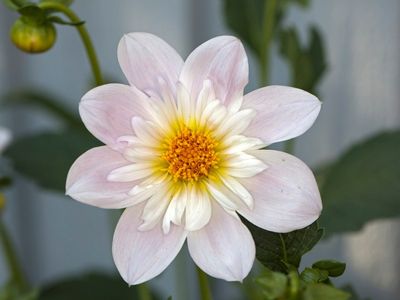Collarette dahlia varieties, for instance, can easily add appeal to flower borders and cut flower gardens. Exactly what are Collarette dahlias though?
Collarette Dahlia Info
With thousands of cultivars, dahlias are among the most dynamic options for the flower garden. Ranging in size from dinnerplate to pompon, dahlia flowers can quickly become an obsession. Collarette dahlia varieties produce a flower with a very specific structure. Collarette dahlia blooms are flat with a small inner ring of flower petals around the center. Flowers may be solid or bicolor but are generally small. The size of Collarette dahlias makes them ideal for borders and informal plantings.
How to Grow Collarette Dahlias
Learning how to grow Collarette dahlias is similar to growing other dahlia types. Collarette dahlia varieties will need to be grown from tubers, as dahlias grown from seed may not grow true to type. Before planting, familiarize yourself with the growing conditions of your garden. Though dahlias can be left in the ground in many regions, others may grow the plants as annuals, which are dug and overwintered indoors. Dahlias are tender plants. This means that gardeners should wait until the soil has warmed and all chance of frost has passed before planting. Garden soils which are excessively cold or wet may cause the tubers to rot. If cool spring conditions are an issue, those with short growing seasons can start plants indoors before transplanting out into the garden. Like all dahlias, Collarette dahlia varieties will require frequent irrigation throughout the growing season. This will be especially important in regions where summer temperatures are high. Once established in the garden, pinching back the dahlias will help to produce plants which are fuller and will produce more blooms. Depending upon the cultivar, staking may be required in regions with high winds or particularly strong storms. Popular Collarette dahlia varieties include:
AwaikoeDouble TroubleJack-o-LanternMrs. H. BrownTeesbrooke Audrey
